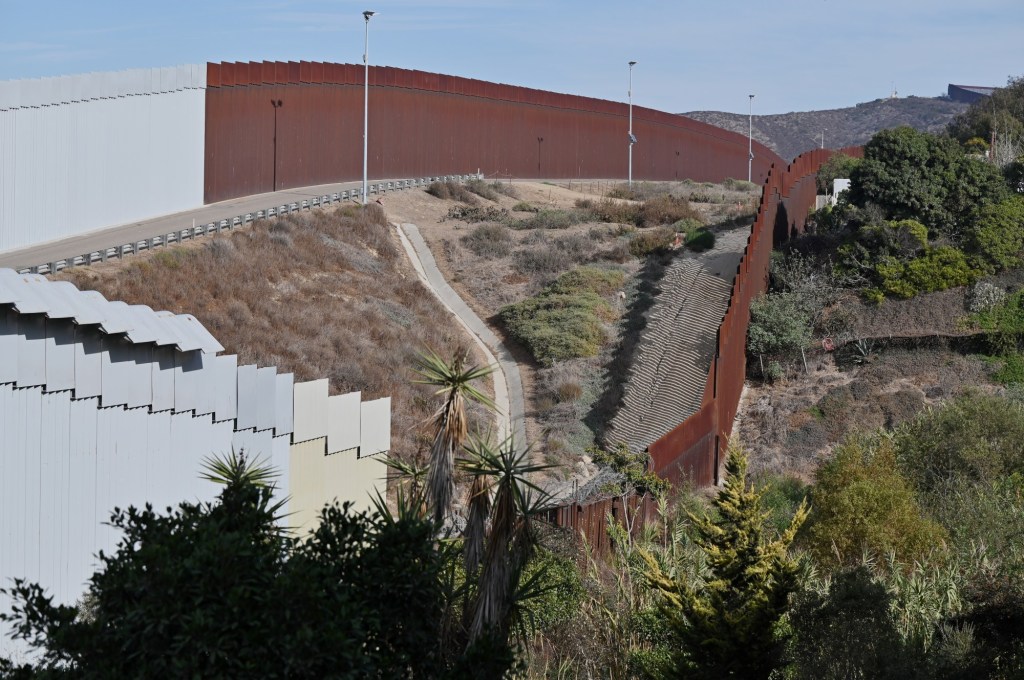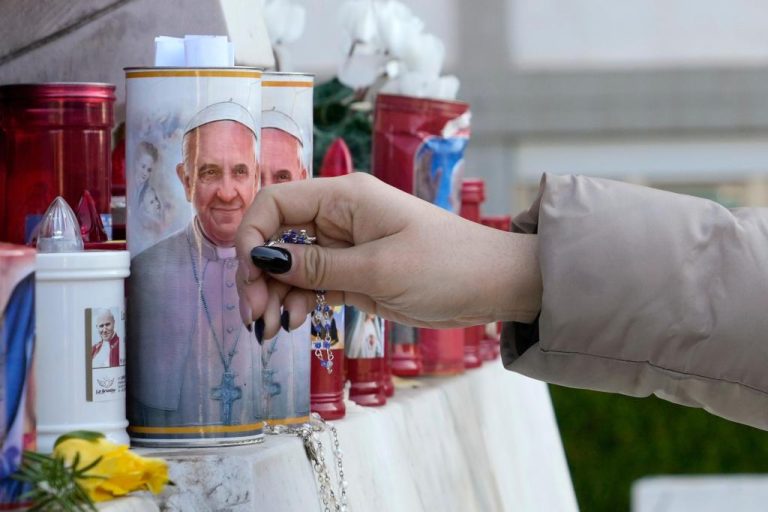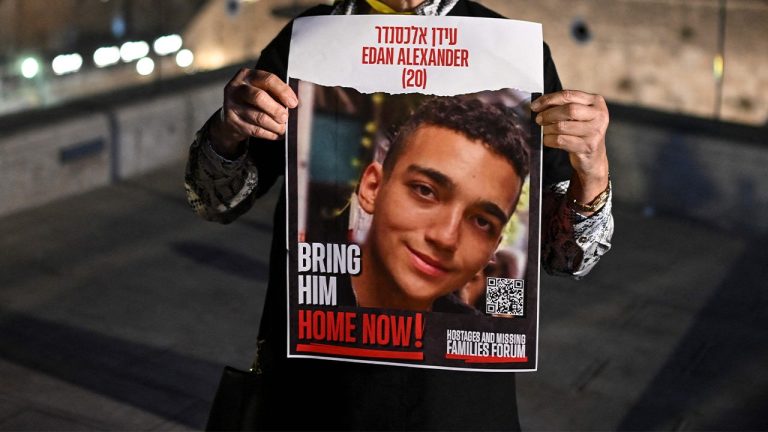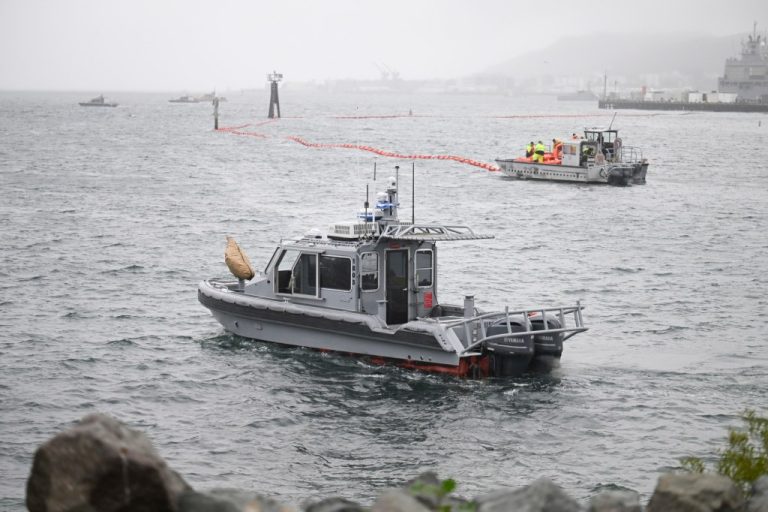
As hundreds of thousands of South Bay residents face months without representation on the county Board of Supervisors, some are confident the county will advocate for their interests anyway — but others see it as a new blow at a crucial time for a region that could be most impacted by the new Trump administration.
An immigration crackdown and sweeping federal directives that threaten to cut funding to programs and services could have particularly tough impacts for the South County district Nora Vargas represented until last month.
The more than 630,000 residents in District 1, which includes many border communities, have been without a supervisor since Jan. 6, after Vargas decided she would not serve the new term to which she had been elected. The seat will remain vacant for at least three months, pending a special election to replace her.
If any of the seven candidates draws at least 50% of the vote in the April 8 primary, they could be sworn in by early May. But if no one wins a majority outright, a runoff will be held July 1, and the winner won’t be sworn in until August.
The situation echoes the one District 4 faced in 2023, when Nathan Fletcher resigned as supervisor following sexual misconduct allegations.
Then too, the five-member board lost its Democratic majority and was left with the prospect of a monthslong impasse on partisan policy issues. In the seven months his seat was vacant, the board was sometimes forced to put off business that needed a third vote, and it deadlocked on issues including gun regulations and abortion protections.
Before her departure, Vargas had pushed to ensure her own ethnically diverse district got the kinds of parks, public transit and other infrastructure and services that had long been common in more affluent areas.
At least one of those initiatives is still moving along, according to county staff. The “Gateway to the Californias” project is working to transform the Tijuana River Valley Regional Park into a binational landmark and sports complex, with a community park and green space.
The county signed an agreement last summer with World Design Capital 2024 to advance planning of the project. Community engagement is set to begin this spring, along with efforts to identify funding partnerships, county spokesperson Tammy Glenn said recently.
But the future of another binational park in the district is still in flux, as the Trump administration resumes efforts to ramp up construction of the border wall.
Friendship Park became a meeting place for families on both sides of the border separated by immigration issues since it was founded in 1971 by then-First Lady Pat Nixon. The U.S. side of the park closed during the pandemic under the first Trump administration, but President Biden had promised to reopen it once work to replace sections of the wall was complete.
Pedro Ríos, director of the American Friends Service Committee’s U.S./Mexico Border Program, is disappointed the district will be without a supervisor for so long — especially with the impacts of the new Trump administration.
“There are still a lot of needs for the residents of this district, and when the position becomes vacant, it means that those needs are not going to be addressed,” he said.
Speaking to homelessness outreach workers at a conference downtown just a few months ago, Vargas had pledged the county would go toe to toe with the incoming Trump administration.
And in December, she proposed a resolution that passed 3-1 to bar county agencies from cooperating with federal authorities on immigration enforcement. What was dubbed a “sanctuary” policy ended up getting national attention just weeks before Trump took office.

“It’s up to us as nonprofit organizations to let whoever is elected as District 1 supervisor know the importance of why a measure like the one that was passed is critical to the immigrant community, especially when we see so much negative and aggressive rhetoric coming from the incoming administration,” Ríos said.
Nadia Kean-Ayub, a Chula Vista human relations commissioner and the executive director of a local nonprofit advocating for LGBTQ+ youth, says District 1 really needs a strong voice to guide them through whatever ramifications Trump’s executive orders may have on those living and working in South County.
“There’s a lot of uncertainty right now, and I think the overall feeling is that it’s scary,” she said. “South County is grossly underrepresented.”
But she’s confident other supervisors will work collectively to prioritize key issues.
“The county Board of Supervisors, as a whole, should be responsible for any part of the county that doesn’t have representation,” she added. “Residents should be going to the meetings and telling them about the issues we are facing.”
Supervisor Terra Lawson-Remer, who is acting chair of the board, told The San Diego Union-Tribune last month she feels most of the county’s pressing issues are bipartisan and that she will keep advocating for District 1 residents.
Her two concerns until a new supervisor is seated: “How do we make sure that residents of District 1 have a voice both immediately and in the ongoing four years — but also, how do we keep the work of the county moving forward until then?”
Last year, Lawson-Remer pursued an effort — one that put her at odds with Vargas — to explore possible Superfund designation for the polluted Tijuana River Valley. The U.S. Environmental Protection Agency denied the petition last month, but Lawson-Remer wants to explore other options to mitigate the decades-long cross-border sewage crisis.
Another border-related effort appears to be moving forward, however — a push to improve cross-border commute times and cut pollution from idling vehicles with a new border crossing.
Key agreements needed to start building the $1.3 billion Otay Mesa East Port of Entry were sent to the federal government for approval last month. If they’re completed and the design finalized, construction could begin this year.
Still, as the board moves forward with county business in the next few months, former county Supervisor Ron Roberts says it will likely be cautious of the vacancy.
“They’re missing a supervisor that represents a large contingent, so they will let that weigh in on any judgments that they’re going to make — especially anything that could affect that district directly,” he said.
That will include ensuring the concerns of District 1 residents are heard through the upcoming budget season.
The county faces a $138.5 million budget deficit for the next fiscal year that is expected to grow to $321.8 million by fiscal year 2029-30, amid a slowdown in sales tax revenue, budget officials say. And the special election will cost the county between $5.8 million and $6.6 million if a runoff is needed.
Seven candidates will appear on the ballot April 8 — four Democrats, two Republicans and an independent.
District 1 leans heavily Democratic, with more than twice as many registered Democrats as Republicans. But some people wonder if Vargas’ departure could cost the board its Democratic majority.
Among them is Clariza Marin, who has been organizing flood recovery efforts in southern San Diego for more than a year and worries the large number of candidates will split the vote and allow a Republican to win outright this spring.

Although the district didn’t bear the brunt of last year’s flooding, Marin says many victims have moved to the district. And after the fumbled response she says they got from local leaders, many no longer have faith in elected officials.
“I don’t know that enough of them are engaged or confident enough in any elected official yet,” Marin said. “So I keep telling people: Start asking questions and learn, don’t circle bubbles just because of a political party.”
With all the changes the county faces, Alliance San Diego’s civic engagement director Itzel Maganda Chavez says county supervisors will be even more critical to ensuring San Diegans’ needs are met.
“It’s going to be even more important and is critical, really, that folks in the district are made aware that there is a race even happening,” she said.
Special elections typically yield lower turnout, as they take place outside the general election schedule and often decide only one race. That was the case two years ago in District 4, where only 24.5% of registered voters cast ballots in the special election primary. The November general election drew even fewer.
And countywide, San Diego County voter turnout in the November 2024 election was the lowest for a presidential election in 20 years, with only about 76% of voters casting a ballot — compared to 84% four years ago and 82% in 2016.
That’s why Alliance has made it a priority to reach voters, especially those in communities of color who may not typically turn out, Chavez said.
“Supervisors oversee state- and federally-funded programs and services that are going to impact community members directly — and unfortunately, there is a high risk of losing funding for programs at the federal level, which is going to trickle down, and it’s going to hurt the most vulnerable communities of color the most,” she added. “So it’s even more critical that folks have a sense of who they’re choosing and what their values are.”
Alliance intends to work to educate voters on social media, with mailers and in text messages and encourage county residents to stay informed. “It’s really important that families are just sharing this information amongst themselves, because it is such a tight turnaround until this election,” Chavez said.
The more than 376,000 registered voters in District 1 can expect to receive their mail ballots the week of March 10, with early in-person voting starting the following day.
Staff writers Alexandra Mendoza and Tammy Murga contributed to this report.





